
| Cuvier Valley - Mt Olympus |
| Day 1 – Narcissus Hut to Lake Petrarch (10km - 410m ascent – 290m descent) |
|
|
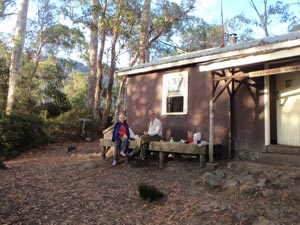 Marg and Alan enjoy breakfast at Narcissus Hut |
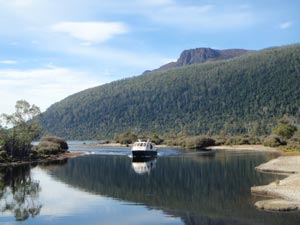 The food supplies arrive by boat |
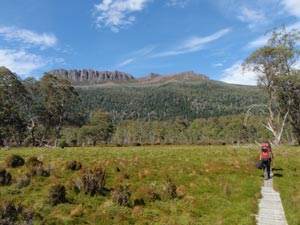 Boardwalk across the swamp near Narcissus |
|
||
|
|
|
||
 |
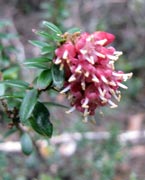 |
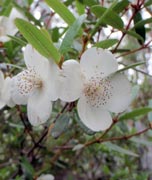 |
||
|
||||
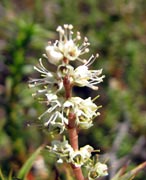 |
|
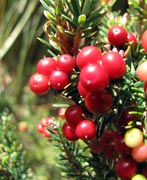 |
|
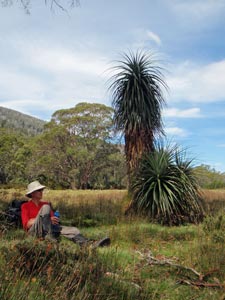 Mike takes a break |
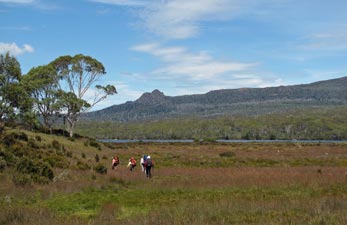 Heading south down the Cuvier Valley |
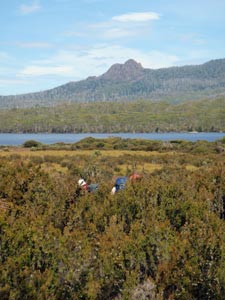 In the tea-tree scrub near Lake Petrarch |
|
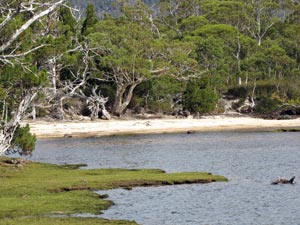 The shore of Lake Petrarch |
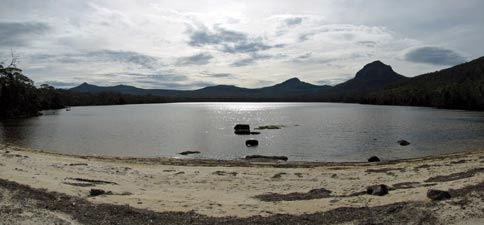 Tranquil moment at Lake Petrarch |
|
|
    |
| Day 2 – Climbing Mt Olympus (8.5 km - 580m ascent – 580m descent) |
|
||||
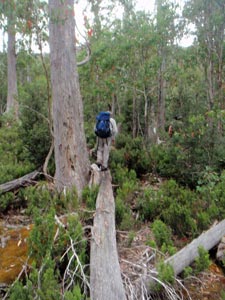 The easy way up in the scrub - on a fallen trunk |
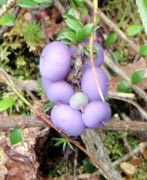 |
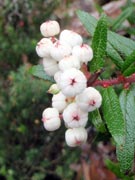 |
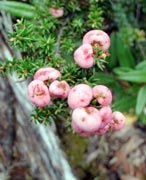 |
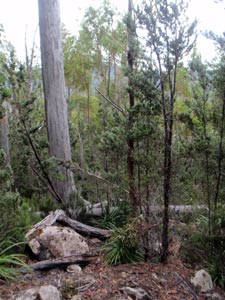 Lower slopes of Olympus |
|
||||
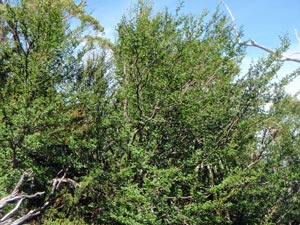 A dense thicket of deciduous beech (aka tanglefoot) |
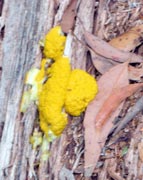 |
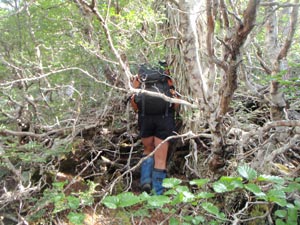 Rupert finding a path through the tanglefoot |
|
|
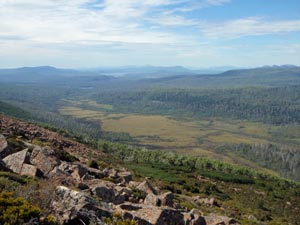 View from Olympus over the Cuvier Valley |
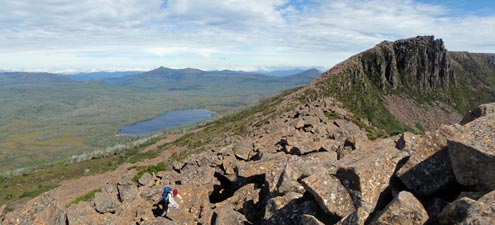 Rock scree on the spine of Mt Olympus - Lake Petrarch in the background |
|
|
|
|
|
|
|
|
||
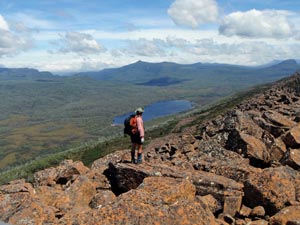 Rupert surveys the descent route |
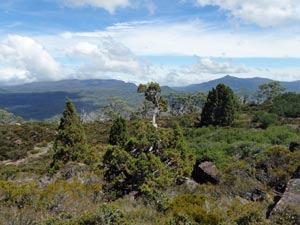 Pine and scrub on the higher slopes |
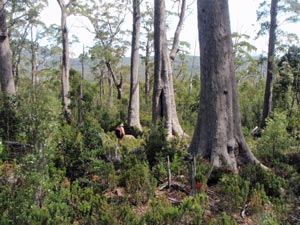 Tall eucalypts on the lower slopes |
|
||
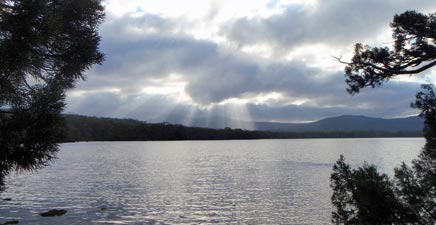 Sunrays at Lake Petrarch |
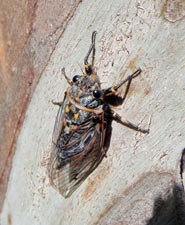 |
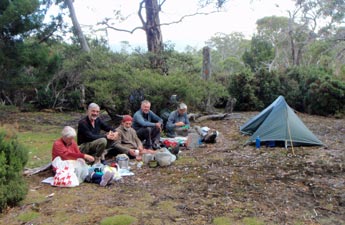 Dinner at Petrarch campsite |
|
||
    |
Day 3 – Lake Petrarch to Cynthia Bay (12.5 km - 110m ascent – 210m descent) |
|
|
|
|
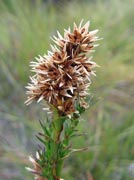 |
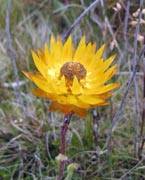 |
|
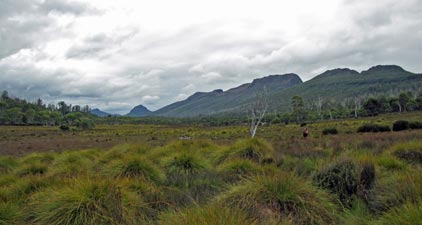 View back up the Cuvier Valley towards Mt Olympus and The Seven Apostles (I'm not sure where the other five went) |
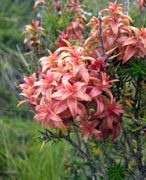 |
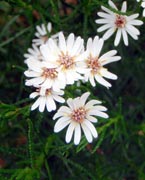 |
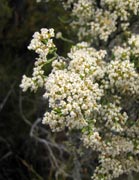 |
|
|||
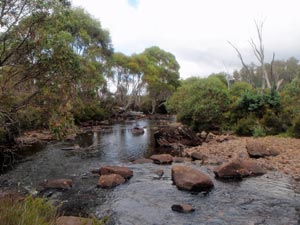 Cuvier River |
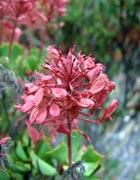 |
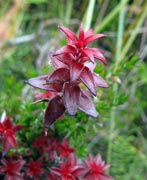 |
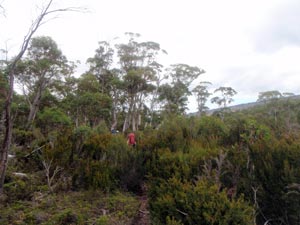 Back into the scrub one last time |
|
||
|
Crossing Watersmeet, where the Cuvier and Hugel Rivers join, we quickly covered the distance to Cynthia Bay Visitor’s Centre and the end of our walk, a bit under 6 hours since leaving Lake Petrarch. The difficulty of the access to this pristine lake should ensure it remains that for some time yet – a hard-earned gem in the wilderness.
|
|
|
|